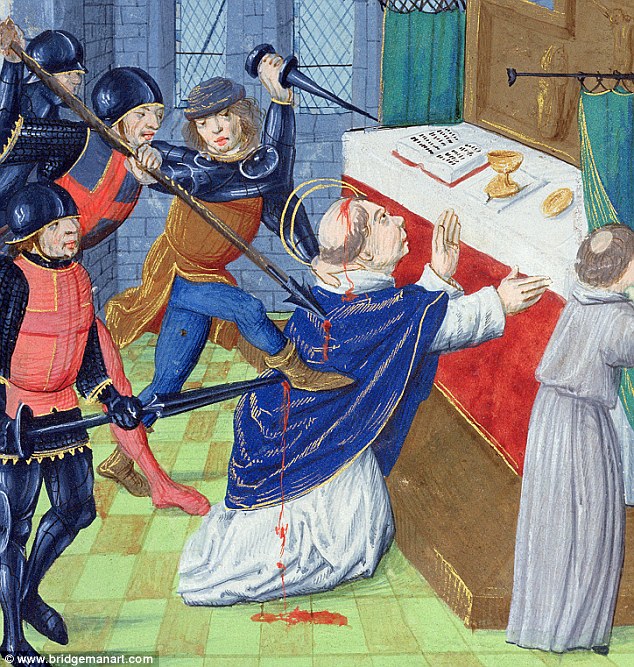
Word of the Day: Turpitude
Today’s Word of the Day, thanks to the Dictionary Project, is turpitude. Turpitude is a noun meaning “depravity; moral corruption; vileness” or more specifically “a depraved act or practice” (https://www.dictionaryproject.org/). According to dictionary.com, the word entered the English language from Latin between 1480 and 1490, borrowed from the Latin “turpitūdō, equivalent to turpi(s) base, vile + -tūdō -tude.” Etymonline.com adds additional detail: “from Old French turpitude (early 15c.), from Latin turpitudinem (nominative turpitudo) ‘baseness,’ from turpis ‘vile, foul, physically ugly, base, unsightly,’ figuratively ‘morally ugly, scandalous, shameful,’ a word of uncertain origin. De Vaan finds proposed connections to IE words meaning ‘to turn’ (via the notion of ‘to turn away’) as ‘too constructed’ to be credible. Klein suggests perhaps originally ‘what one turns away from’ (compare Latin trepit ‘he turns).” It’s interesting that linguists and even grammarians can disagree about things.
On this date in 1170, Thomas Becket, the Archbishop of Canterbury, was murdered in the cathedral. Becket and the king, Henry II.
Becket was born in London, specifically in Cheapside, in 1120. According to https://medievallondon.ace.fordham.edu/collections/show/73, “Cheapside . . . was a street and market dating back to the late ninth century. It was one of two great markets that may have been established during Alfred’s reign (871-899).” His father was a well-connected merchant, though not wealthy, and he attended school as a boy. Apparently he was a bright boy. He crossed the channel to study in Paris, and upon his return he became a clerk to the Archbishop of Canterbury, Theobald of Bec. Theobald made Becket the Archdeacon, and then, after Henry II was crowned king of England in 1154, Theobald recommended Becket to Henry for the position of Chancellor, a position he held from 1155 to 1162.
Becket and Henry became close, spending time together outside of their official duties. In 1161, Theobald of Bec died, and a year later Becket was appointed Archbishop. Henry seemed to think that having his good friend in both the political position of Chancellor and the chief spiritual position of Archbishop of Canterbury would give Henry more influence over both the state and the church. He expected Becket to hold both positions. But Becket had other ideas—apparently he was more devoted to the Church than Becket thought. He resigned his position as Chancellor against Henry’s wishes.
After the resignation, the relationship between Becket and the king deteriorated, to the point where Becket actually fled England for France, where he lived in exile for about six years, although he maintained his position as Archbishop. But Becket returned to England in the Spring of 1170. And by the end of the year, he was murdered.
According to Frank Barlow, Henry said, “What miserable drones and traitors have I nurtured and promoted in my household who let their lord be treated with such shameful contempt by a low-born clerk!” (Thomas Becket. California: University of California Press, 1986, p. 235). Other sources claim that he said, “Will no one rid me of this troublesome priest?” Or maybe he said, “turbulent priest,” or “meddlesome priest.” Whatever he actually said, four knights and a clerk went to Canterbury to arrest him, but he refused to be arrested and fled to the cathedral, thinking that it would provide him sanctuary, but the knights pursued him into the cathedral and murdered him.
The monks left in the church didn’t really know what to do, so the body stayed where it was bleeding. Some took cloths and dabbed up some of that blood, and others put some of the blood into vials, mixed with water. Later, the bloody cloths and the Becket’s water were credited with healing people. Thereafter, Canterbury became a destination for pilgrims, particularly those looking for healing through Becket’s relics. And Becket was canonized by the Roman Catholic Church in record time.
Geoffrey Chaucer began his Canterbury Tales by describing April in England and pointing out that that is when people go on pilgrimages:
Thanne longen folk to goon on pilgrimages,
And palmeres for to seken straunge strondes,
To ferne halwes, kowthe in sondry londes;
And specially, from every shires ende
Of Engelond, to Caunterbury they wende,
The hooly blisful martir for to seke,
That hem hath holpen whan that they were seeke. (https://www.poetryfoundation.org/poems/43926/the-canterbury-tales-general-prologue)
[Then people long to go on pilgrimmaes, and palmers seek strange shores, to distant shrines, known in sundry lands, and especially, from every shire’s end in England, to Canterbury they go, the holy blissful martyr for to seek, who has helped them when they were sick.]
After the murder, Henry II repented pretty extensively for his involvement in the saint’s death, allowing members of the clergy to strike him with a rod. The four knights who murdered Becket were sentenced to fourteen years of military service in the Holy Land, though all four died before their time of service was over.
In any case, the turpitude of the four knights, and of Henry, and in truth of Becket, who was not without blame in the dispute with the king, led to Becket’s sainthood, to Henry’s penitence, and eventually to one of the great literary works in the English language.
The image today is a 15th century painting of the murder of Thomas Becket (https://www.dailymail.co.uk/news/article-3604319/Relic-murdered-archbishop-Thomas-Becket-England-pilgrimage.html).